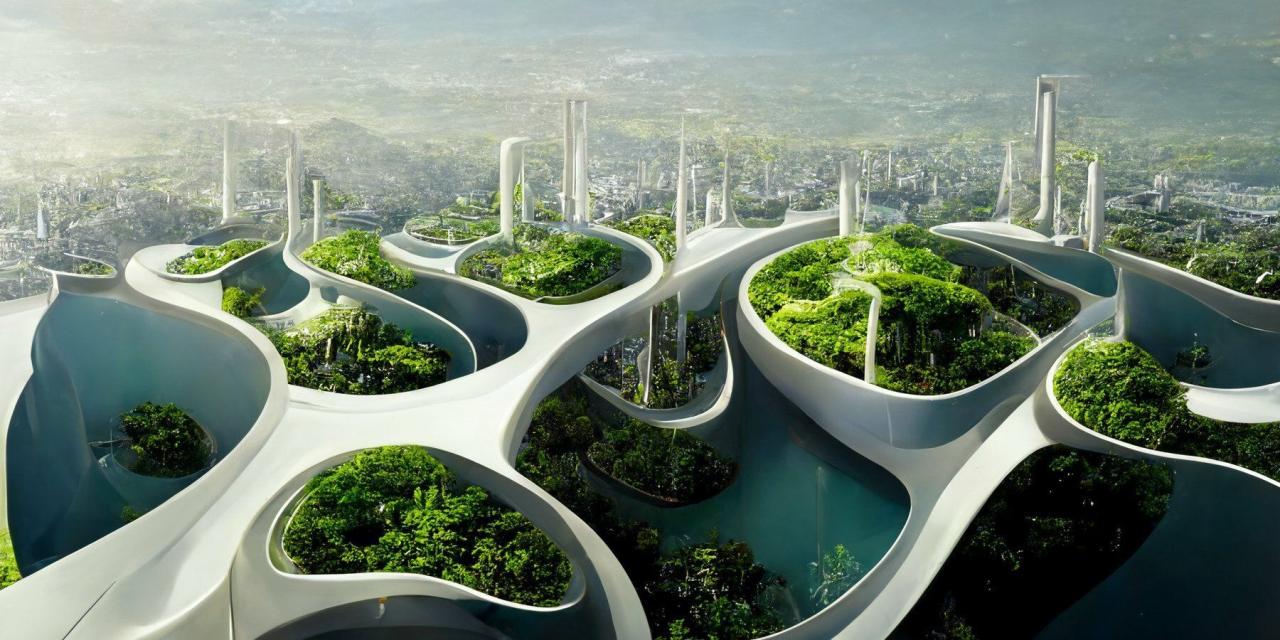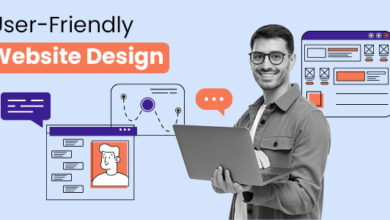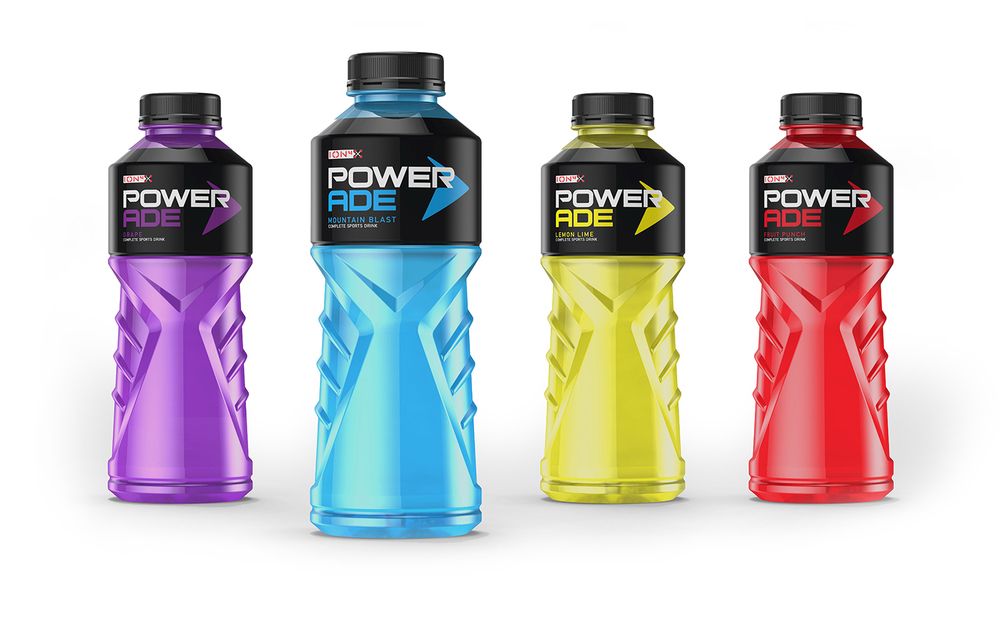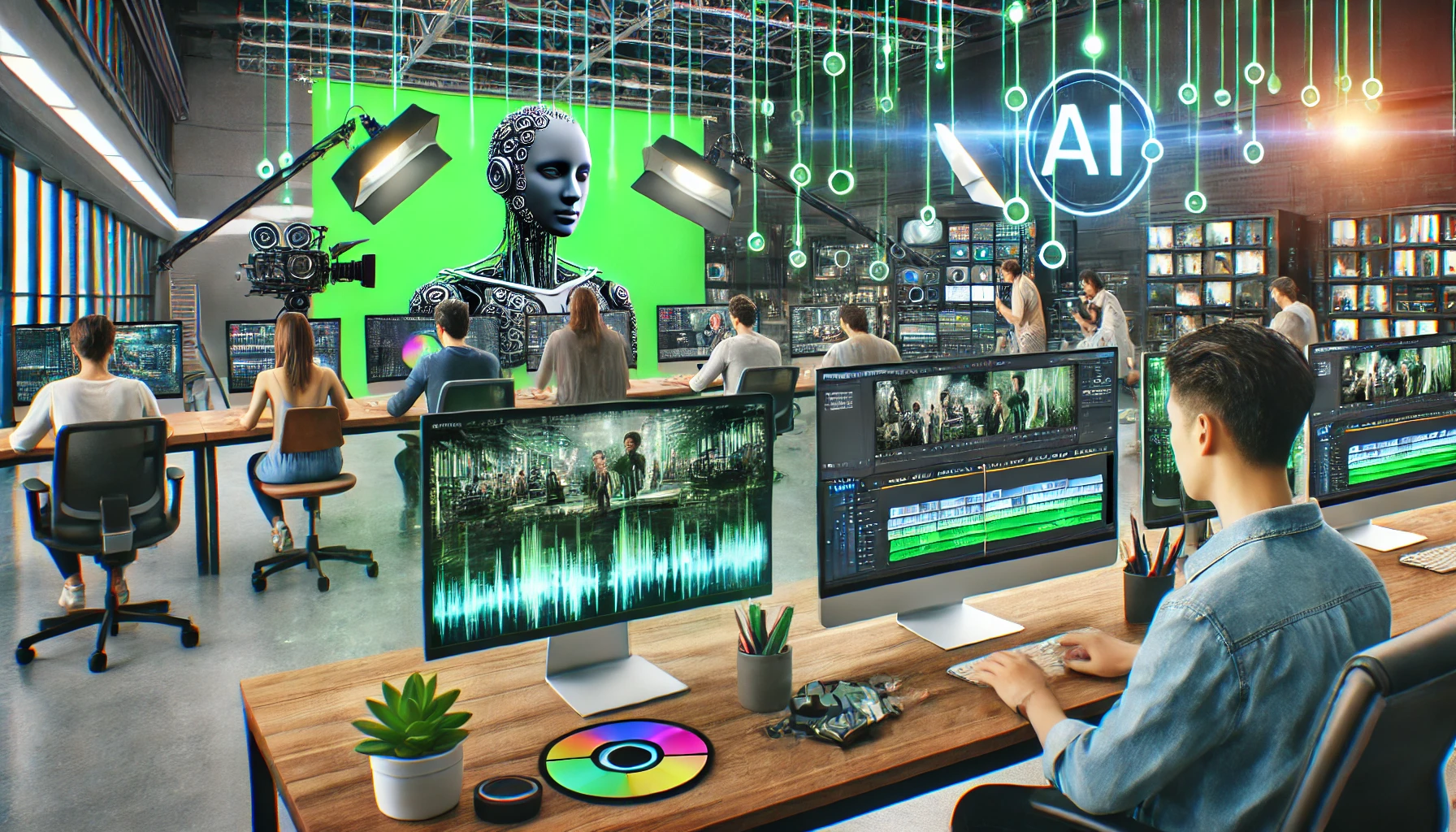How Ai Is Transforming Graphic Design
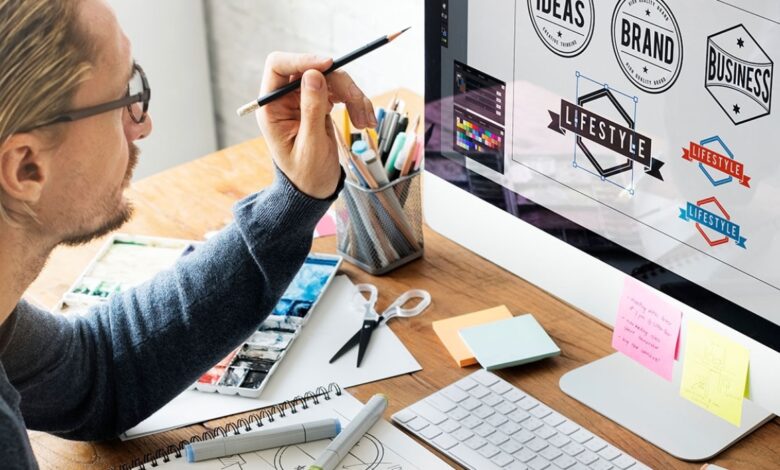
How AI Is Transforming Graphic Design explores the profound impact of artificial intelligence on the graphic design industry. From automating tasks to generating creative concepts, AI is reshaping the way designers work. This insightful look delves into the core concepts, tools, and ethical considerations surrounding this rapidly evolving field.
The discussion will cover everything from the initial introduction to AI in graphic design, exploring tools and techniques, analyzing the impact on creativity and skills, and finally, addressing the ethical concerns and future trends in this exciting domain. We’ll examine how AI is changing the designer’s role and how human creativity can be enhanced through intelligent collaboration.
Introduction to AI in Graphic Design
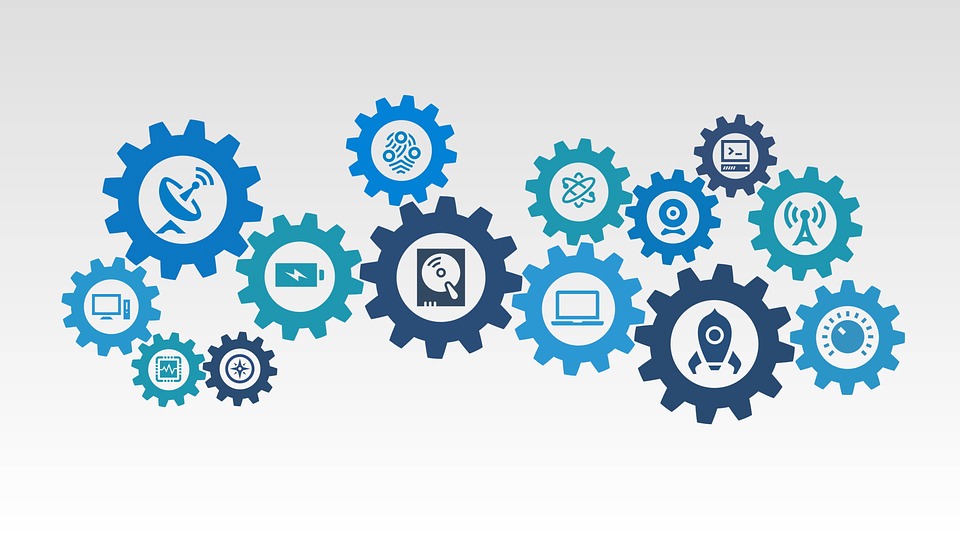
Source: blogspot.com
Artificial intelligence (AI) is rapidly transforming the field of graphic design, offering designers new tools and capabilities. AI algorithms are automating repetitive tasks, enhancing creative processes, and ultimately increasing efficiency and output. This shift is enabling designers to focus on higher-level creative endeavors while leveraging AI’s strengths.
AI’s impact extends beyond simple automation. It’s providing designers with unprecedented levels of customization and personalization in their work, allowing for the creation of highly tailored visuals and experiences. This dynamic evolution necessitates a comprehensive understanding of the core concepts and tools driving this change.
Core Concepts of AI in Graphic Design
AI in graphic design relies heavily on machine learning, a subset of artificial intelligence. Machine learning algorithms enable computers to learn from data without explicit programming. These algorithms analyze vast datasets of images, designs, and styles to identify patterns and create models that can predict and generate new designs. Furthermore, sophisticated algorithms power AI tools, allowing for complex tasks such as image generation, vectorization, and color correction.
Current AI Tools and Software
Numerous AI tools and software are now available to graphic designers. These tools range from dedicated design software with AI features to standalone AI image generation platforms. Some popular examples include Midjourney, DALL-E 2, Stable Diffusion, and Adobe’s Sensei technologies integrated into their Creative Cloud suite. These tools provide designers with a powerful array of options to explore.
AI Tools for Graphic Design: A Categorization
Understanding the diverse capabilities of AI tools is crucial for effective integration into design workflows. The table below categorizes AI tools based on their primary function, outlining their functionalities and typical use cases.
| AI Tool Type | Functionality | Typical Use Cases | Examples |
|---|---|---|---|
| Image Generation | Creating images from text descriptions (prompts). These tools can produce images with various styles and characteristics. | Generating concept art, creating illustrations, producing mockups for websites or marketing materials, and generating images for social media. | Midjourney, DALL-E 2, Stable Diffusion |
| Vectorization | Converting raster images (pixel-based) into vector images (path-based). This allows for scalable and editable designs. | Converting scanned logos or images to editable vector format, enhancing image quality, and creating illustrations for print materials. | Adobe Illustrator with AI features, online vectorization tools |
| Color Correction | Automating color adjustments and enhancements. These tools can analyze images and apply corrections based on algorithms to optimize color palettes and enhance visual appeal. | Improving the color accuracy of photos, creating specific color grading effects for images, and adjusting color balance across large sets of images. | Adobe Photoshop with AI features, online color correction tools |
| Image Editing and Enhancement | Improving existing images by removing imperfections, enhancing details, and manipulating elements with AI-powered tools. | Fixing minor imperfections in photographs, removing objects from images, increasing sharpness, and adding special effects to images. | Adobe Photoshop with AI features, online image enhancement tools |
AI-Powered Design Tools and Techniques
AI is rapidly transforming graphic design, automating tasks and opening new creative avenues. This evolution leverages sophisticated algorithms to assist designers in various aspects of their work, from generating images and typography to streamlining workflows. Tools are becoming more accessible and powerful, leading to increased efficiency and potentially revolutionary design outcomes.
AI tools are no longer simply assistants; they’re collaborators, capable of augmenting human creativity and accelerating the design process. This allows designers to focus on higher-level tasks like concept development and strategic direction, freeing up time for refinement and innovation.
AI Automation of Design Tasks
AI is automating various graphic design tasks, freeing up designers’ time for more creative endeavors. This automation ranges from repetitive tasks like resizing images and adjusting colors to more complex processes like generating initial design concepts. These automated processes significantly increase the efficiency of design projects.
AI Image Generation
AI algorithms can generate images based on textual descriptions, opening doors to rapid prototyping and exploration of diverse visual styles. These tools use complex neural networks trained on massive datasets of images, enabling them to interpret and synthesize visual information. For example, providing a description like “a futuristic cityscape at night” to an AI image generator can produce a variety of unique and evocative images. This significantly speeds up the initial stages of a project, allowing designers to quickly explore different visual concepts.
AI Typography and Layout
AI tools are also impacting typography and layout design. These tools can analyze text and automatically suggest optimal font pairings, sizes, and spacing. Furthermore, AI can automatically generate dynamic layouts that adapt to different screen sizes and devices, ensuring consistency across various platforms. AI can significantly improve the efficiency of the layout process and produce more visually appealing and accessible designs.
Comparison of AI-Powered Design Software
Different AI-powered design software offers varying levels of functionality and capabilities. Some tools excel at image generation, while others are more focused on layout and typography. Comparing specific tools is challenging, as new tools emerge frequently, and capabilities evolve rapidly.
Strengths and Weaknesses of AI Design Tools
| Tool | Strengths | Weaknesses |
|---|---|---|
| Tool A | Excellent image generation, user-friendly interface | Limited typography options, relatively expensive |
| Tool B | Powerful layout engine, highly customizable | Steeper learning curve, fewer pre-built image templates |
| Tool C | Strong focus on branding consistency, automated style guides | Limited image editing capabilities, slower image generation speed |
Note: This table represents hypothetical tools for illustrative purposes only. Actual tools and their features may vary significantly.
Enhancing Design Processes and Workflows
AI can enhance design processes and workflows by streamlining tasks, accelerating iterations, and improving consistency. For example, AI-powered tools can automatically generate variations of a design, allowing designers to quickly compare and choose the best options. This can accelerate the design process and increase the overall quality of the final product.
The Impact of AI on Design Creativity and Skillsets
AI is rapidly changing the landscape of graphic design, impacting not only the tools designers use but also the very nature of their work and the skills they need to thrive. This transformation presents both challenges and opportunities, demanding a proactive approach from designers to adapt and leverage the power of AI.
AI is automating routine tasks, freeing designers to focus on higher-level creative endeavors. This shift necessitates a recalibration of design skillsets, emphasizing strategic thinking, conceptualization, and nuanced communication. The future of graphic design, therefore, involves a collaborative partnership between human ingenuity and AI capabilities.
Changing the Way Graphic Designers Work
AI tools are automating tasks like image resizing, color correction, and basic layout adjustments. This allows designers to spend more time conceptualizing and refining their designs, moving from repetitive tasks to more strategic and creative work.
Potential Impact on Future Graphic Design Jobs
AI is likely to impact graphic design jobs by reducing the demand for entry-level positions focused solely on routine tasks. However, this also creates opportunities for designers with advanced skills in conceptualization, strategic thinking, and client communication. The need for human creativity and emotional intelligence in design will remain vital. For example, AI can generate multiple variations of a logo, but the human designer will ultimately select the most appropriate option for the brand’s overall identity and target audience.
Examples of AI Tools Assisting Designers
AI-powered design tools are capable of generating diverse design options based on user input. For instance, a designer could specify a color palette and desired style, and the AI would propose several design variations. These tools are increasingly capable of understanding design trends and generating unique, innovative solutions.
Adapting Skills to Work Alongside AI Tools
Designers need to adapt their skillsets by developing a deeper understanding of AI tools’ capabilities and limitations. This involves learning how to effectively use AI tools to enhance their workflow and produce better designs, rather than replacing human creativity. It’s important to understand the underlying principles of design, and how AI can support these principles. For example, designers can use AI to generate different layouts and color palettes, then refine these options based on their understanding of the project’s aesthetic and message.
Generating Creative Concepts, How Ai Is Transforming Graphic Design
AI tools can be leveraged to generate creative concepts for graphic design projects. Designers can input project requirements, desired aesthetics, and target audience, and AI will generate several concept options. This process allows for brainstorming and exploration of diverse ideas, potentially sparking new and innovative solutions. For instance, an AI tool can create a series of logo variations based on user-provided s, allowing designers to quickly explore different visual representations of a brand.
Skills for the Future
| Skill Category | Description |
|---|---|
| Strategic Thinking & Conceptualization | Developing compelling concepts and understanding the underlying message to be communicated. |
| Client Communication & Collaboration | Effectively conveying design ideas and working collaboratively with clients. |
| Critical Evaluation & Refinement | Analyzing AI-generated designs, identifying strengths and weaknesses, and making necessary adjustments. |
| AI Tool Proficiency | Learning and utilizing AI tools effectively to streamline the design process. |
| Design Aesthetics & Trends | Understanding and adapting to contemporary design trends and principles. |
Ethical Considerations and Future Trends
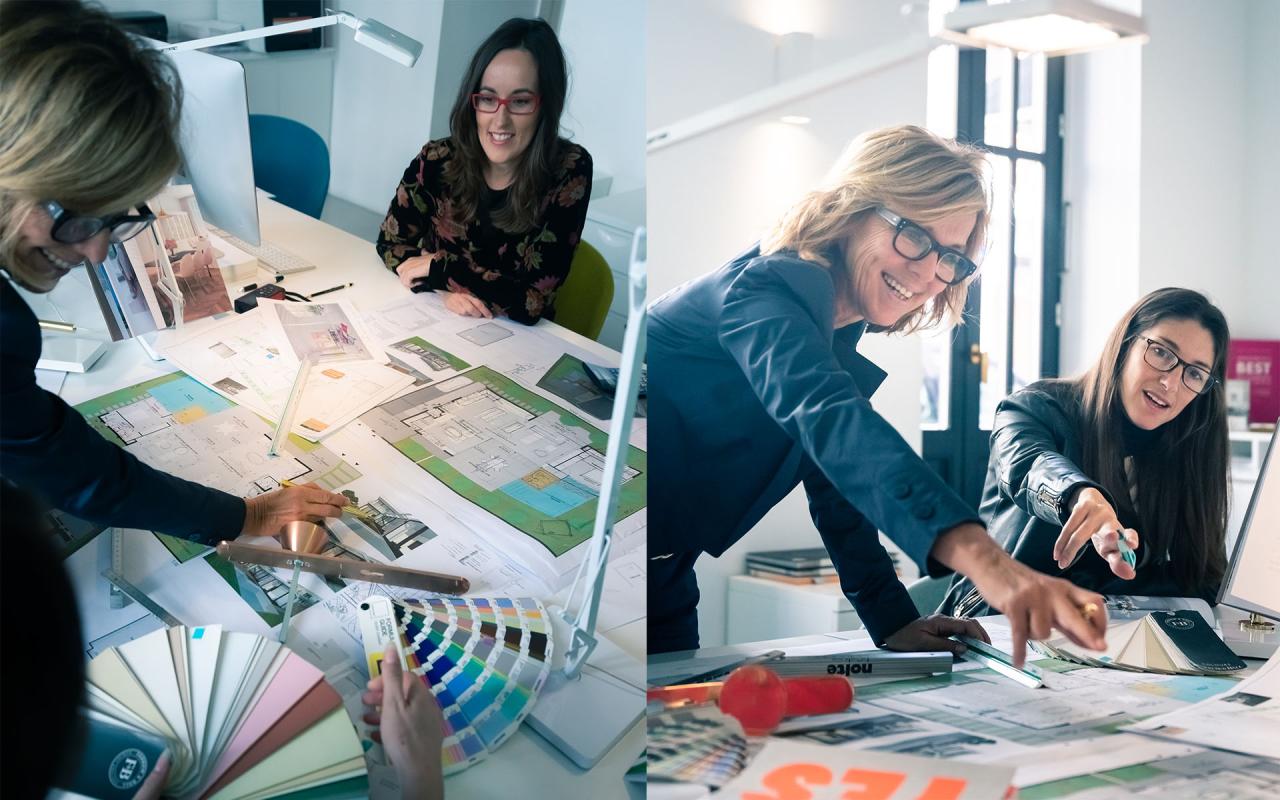
AI’s integration into graphic design presents exciting possibilities but also raises critical ethical concerns. Understanding these considerations is crucial for responsible development and implementation of AI tools. Navigating the complexities of intellectual property, creativity, and the evolving role of human designers is paramount in shaping the future of the field.
Potential Ethical Concerns
The use of AI in graphic design raises ethical concerns surrounding the potential for misuse and bias. AI algorithms are trained on existing datasets, which can perpetuate biases present in those datasets. This could result in AI-generated designs reflecting and amplifying societal prejudices. Furthermore, the question of originality and authorship in AI-generated works remains a significant concern. Ensuring fair compensation and attribution for both human designers and the AI tools they use is a critical issue that requires careful consideration.
Intellectual Property and Copyright Issues
Intellectual property rights and copyright issues are central to the ethical considerations surrounding AI-generated content. When AI tools are used to create designs, the ownership and copyright of the resulting work are often unclear. Determining the appropriate attribution and compensation models for both the human designer and the AI tool is a significant challenge. This requires careful legal frameworks and industry standards to prevent disputes and protect the rights of all involved parties.
Examples of AI-Powered Unique Designs
AI tools are increasingly capable of generating unique and original designs. For instance, some AI platforms can create bespoke logo designs based on user-defined parameters, offering a wide range of stylistic options. Other tools can generate custom illustrations and patterns, allowing designers to explore creative possibilities that might not be readily apparent through traditional methods. This versatility pushes the boundaries of design, enabling exploration of novel concepts and aesthetics.
Future Trends in AI-Powered Graphic Design
The future of AI in graphic design is poised for significant growth and evolution. Expect to see more sophisticated AI tools that can seamlessly integrate with existing design workflows. These tools will likely offer advanced capabilities for image editing, typography manipulation, and color palette selection, potentially automating tasks that currently require extensive manual effort. Furthermore, AI will likely become more integrated into design education, assisting students with design exploration and concept development.
Collaboration Between Humans and AI
The future of graphic design likely involves a synergistic collaboration between humans and AI. AI tools can automate repetitive tasks, freeing up human designers to focus on higher-level creative endeavors. Human input will remain crucial for conceptualization, artistic vision, and the application of nuanced design sensibilities. This collaborative approach promises a new era of design innovation, where the strengths of both human creativity and AI efficiency are combined.
Future Trends in AI-Powered Graphic Design Tools
| Future Trend | Impact on Design Processes |
|---|---|
| AI-powered design assistants | Streamlining workflows, automating repetitive tasks, and enabling faster design iterations. |
| Personalized design recommendations | Tailoring designs to individual user preferences and brand identities. |
| Enhanced image and video editing capabilities | Improving efficiency and precision in image manipulation and enhancing creative potential. |
| AI-driven design education platforms | Facilitating personalized learning experiences and empowering designers with advanced tools. |
Outcome Summary: How Ai Is Transforming Graphic Design
In conclusion, How AI Is Transforming Graphic Design reveals a future where human creativity and AI-powered tools work hand-in-hand. While automation is transforming tasks, the core essence of human creativity remains paramount. Designers who adapt and learn to integrate AI tools into their workflows will thrive in this evolving landscape. The future of graphic design is collaborative and innovative, and AI plays a pivotal role in shaping that future.
Q&A
What are some common AI tools used in graphic design today?
Several AI tools are currently used, including those for image generation, vectorization, and color correction. Examples include Midjourney, DALL-E 2, and Adobe Sensei-powered tools. These tools are increasingly integrated into professional design software.
How might AI impact the job market for graphic designers?
AI is likely to automate some routine tasks, but it’s also expected to create new opportunities. Designers who can leverage AI tools to enhance their creative processes and develop new skills will be in high demand.
What are some ethical concerns related to AI-generated graphic design?
Copyright and intellectual property issues are prominent concerns when using AI-generated content. Questions of ownership and the potential for misuse need careful consideration.
Can AI truly replace human creativity in graphic design?
AI can assist with generating ideas and automating tasks, but it cannot fully replace the human element of creativity, emotional expression, and nuanced artistic vision. AI acts as a powerful tool, not a replacement.



